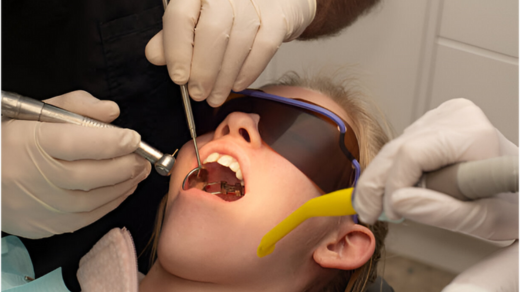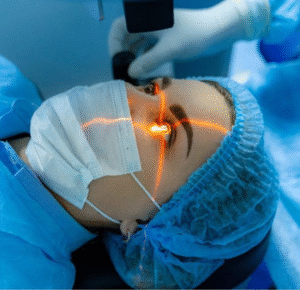An item called a palatal expander, which is used to treat back teeth crossbite or a narrow roof of the upper jaw. Palatal expanders are a useful tool for kids whose mouth and jaw is still growing because of their ability to direct development.

In case an Orthodontist in McDonald Orthodontics has advised your child to wear a palate expander, which is a common orthodontic appliance, then it is important for you to know about it.
What is an expander?
An expander is commonly recommended for crossbites or when there is not enough space for permanent teeth.
It works best for children and preteens because their bones are still growing, and their palatal sutures are not fully fused, allowing for flexibility and room for adjustment.
The expander, a plate cemented into the roof of the mouth, uses a key to make adjustments. It may be the first phase before conventional braces or the only treatment needed for your child.
Why your child may need a palate expander?
The following are the three reasons why your child or teen may require this:
1. Crossbite
When the upper jaw and lower jaw cannot align properly a crossbite may occur. As a result, the child’s bottom teeth may end up biting the teeth outside portion as the upper jaw is too narrow. While crossbites can be anterior or posterior, a palate expander typically corrects a posterior crossbite.
Untreated severe crossbites can lead to permanent facial structure changes, jaw and TMJ pain, and excessive enamel wear.

2. Severe Crowding
According to the American Association of Orthodontists, at the age of 7, the first orthodontic evaluation takes place. Orthodontist can evaluate whether the jaw of the child has sufficient space for permanent teeth.
If severe crowding is predicted, a palate expander can widen the jaw, minimizing future crowding and preventing tooth extractions.
3. Impacted teeth
Sometimes, other teeth can block a permanent tooth’s path, preventing it from erupting correctly. This condition, called an impacted tooth, often affects canines.
By making room for the impacted tooth to emerge, a palatal expander can prevent invasive surgeries or extractions.
How does it work?
A fibrous layer termed a suture covers the upper jaw. The suture that joins the left and right halves of the jaw can be found in the center of the upper jaw.
The top jaw widens with typical growth. Around adolescence, the fibrous layer gives way to bone in children.
Before the suture is replaced by bone, it is easier to employ an expander to widen the jaw or to shift the teeth to get rid of a crossbite.
The wire spring or tiny screw that is fastened to the teeth with metal bands is how the expander applies pressure to the teeth.
Expanders might not be as effective and other alternatives for enlargement, such surgery, might need to be investigated if the fibrous layer changes to bone.
Using an expander can also straighten certain crooked teeth and provide room for more teeth. Additionally, there are expanders that can aid in simultaneously breaking the habit of sucking the thumb or fingers.


